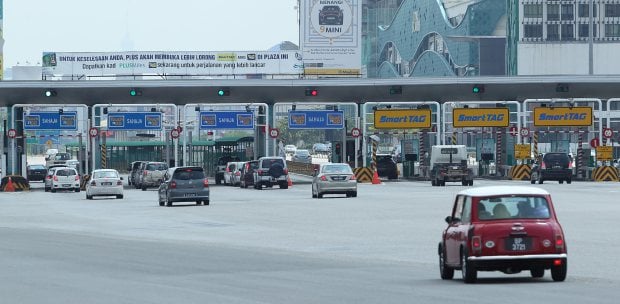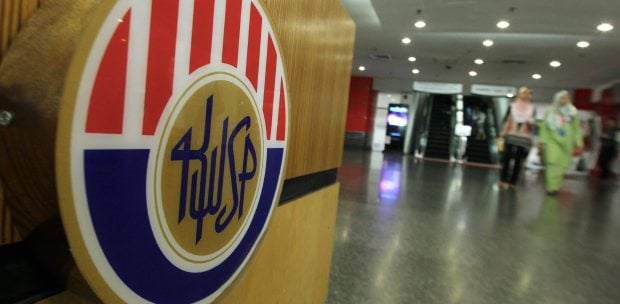“The EPF’s overall portfolio performance has benefited from the rally in overseas equities markets in the third quarter of 2017,” Investment Performance, Deputy Chief Executive Officer (Investment) Datuk Mohamad Nasir Ab Latif said today.
He said the pension fund did not see similar returns from the domestic equities market as the FBM KLCI performance was flat compared with other markets, which recorded between two and five per cent growth.
The EPF recorded a net impairment of RM791.55 million, in the quarter under review, in accordance with the Malaysian Financial Reporting Standards (MFRS 139), and this was higher compared with RM349.59 million recorded in the same quarter last year, he said in a statement today.
This is due to the higher provision recorded for domestic equities in the telecommunications and oil and gas sectors.
In the third quarter of 2017, equities, which made up 41.86 per cent of EPF’s total investment assets, contributed RM7.91 billion of income or 61.09 per cent of the total investment income.
The income recorded was 12.75 per cent higher than RM7.02 billion recorded in the corresponding quarter in 2016, he said.
As at September 2017, a total of 50.45 per cent of EPF’s investment assets were in fixed income instruments which recorded an income of RM4.49 billion, equivalent to 34.63 per cent of the total quarterly investment income, said Mohamad Nasir.
Out of the RM4.49 billion, Malaysian Government Securities & Equivalent recorded RM2.17 billion in the third quarter of 2017, an increase of 10.96 per cent or RM213.98 million, from RM1.95 billion recorded in the same quarter in 2016, in line with the growth of the portfolio.
Loans and bonds, however, generated lower investment income of RM2.32 billion compared with RM2.56 billion in the same quarter last year, he said.
Investments in Money Market Instruments and Real Estate and Infrastructure each represented 3.53 per cent and 4.16 per cent of total investment assets, and contributed an investment income of RM274.27 million and RM263.83 million, respectively, in the third quarter of 2017.
“Our current investment in money market instruments is above the targeted three per cent under the Strategic Asset Allocation due to the ongoing regulatory restrictions in new overseas investments.
Over the long-run, the EPF must continue to expand our foreign assets portfolio as it is key to our diversification and allows us to meet our return targets,” said Mohamad Nasir.
As at Sept 30, 2017, the EPF’s overseas investments, which accounted for 30 per cent of its total investment asset, contributed 48 per cent to the total investment income during the quarter.
Diversification into different asset classes in various countries and currencies had helped the EPF to record higher income for the quarter, despite a significant difference in market performance, globally.
Out of the total RM12.95 billion investment income for the third quarter of 2017, a total of RM860.83 million was allocated for Simpanan Shariah, which derived its income solely from its portion in Shariah assets, while RM12.09 billion income was allocated for Simpanan Konvensional, which is generated by its share of both Shariah and non-Shariah assets, he said.
The value of EPF investment assets reached RM771.20 billion, a 5.48 per cent or RM40.09 billion increase from RM731.11 billion, as at Dec 31, 2016.
Out of the total investment assets, RM370.10 billion or 48 per cent, were in Shariah-compliant investments and the balance in non-Shariah assets.
“We still have one more quarter before the year-end and we are confident that our diversification into various asset classes will enable us to meet our real dividend target of at least two per cent above inflation over a three-year rolling period, for both Simpanan Shariah and Simpanan Konvensional,” he added.
The EPF posted a 74% surge in investment
income to RM11.8bil in the first quarter and a 36.6% growth to
RM11.51bil in the second quarter.
Source: BERNAMA
Related Links:
























